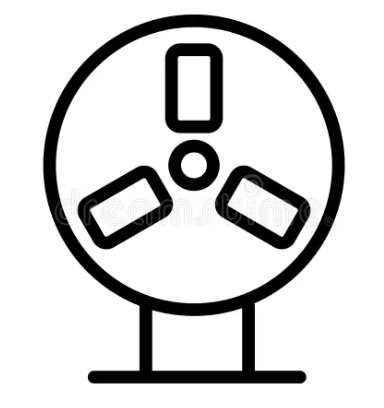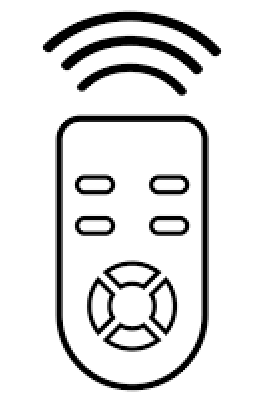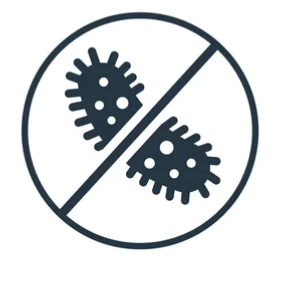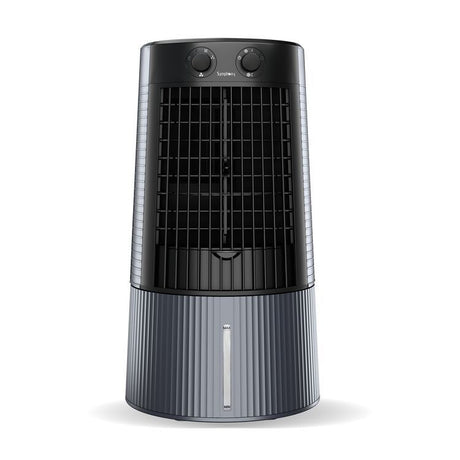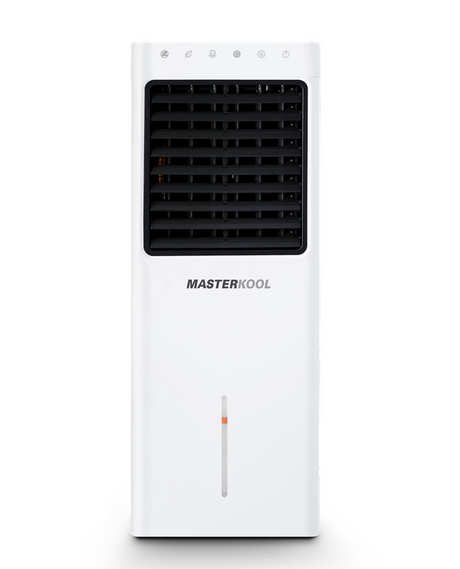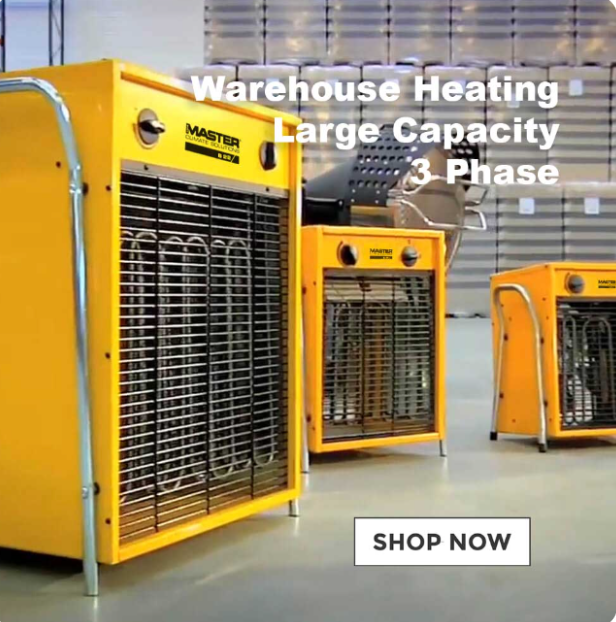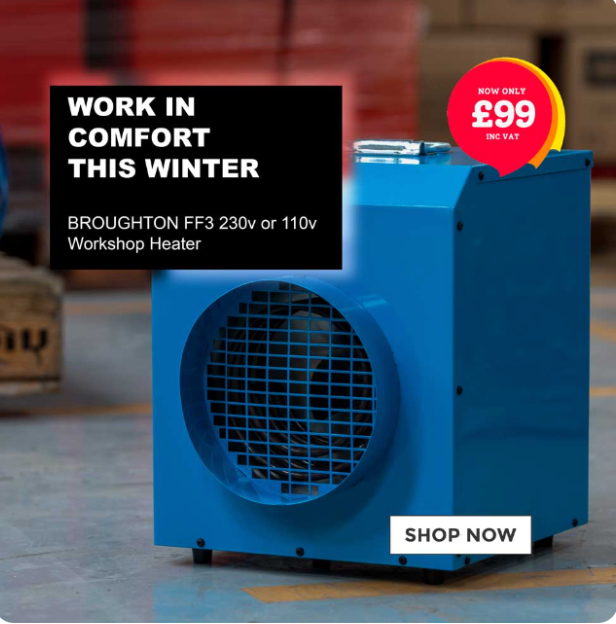The power consumption of domestic evaporative air coolers, measured in watts (W), represents the energy needed for the fan and water pump. Unlike air conditioners, evaporative coolers operate at lower wattage, making them a more energy-efficient option for home cooling.
Wattage in evaporative coolers reflects energy consumption rather than direct cooling power. Higher wattage may increase airflow and coverage, but the cooling effect relies on environmental factors like temperature and humidity, not just power.
For selecting an evaporative cooler, matching wattage to room size is key. Low wattage suits small rooms, while higher wattage improves circulation for larger spaces. This efficiency makes evaporative coolers a cost-effective residential cooling solution.



